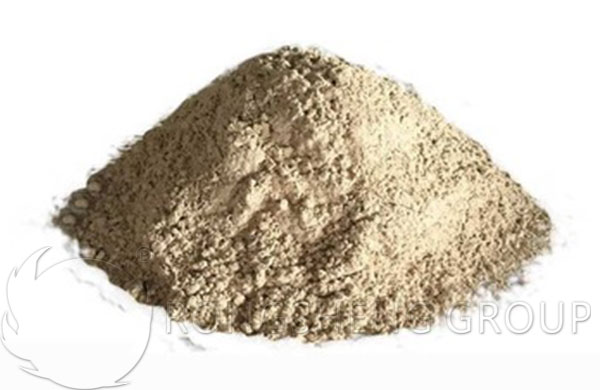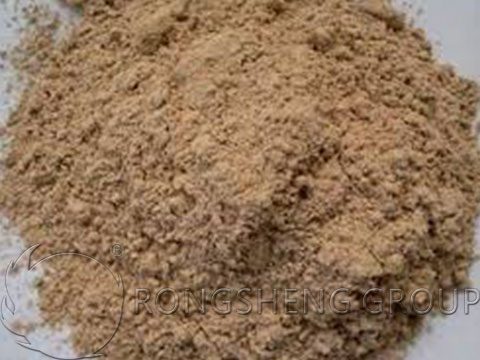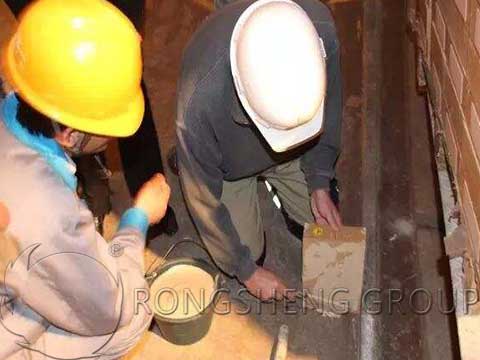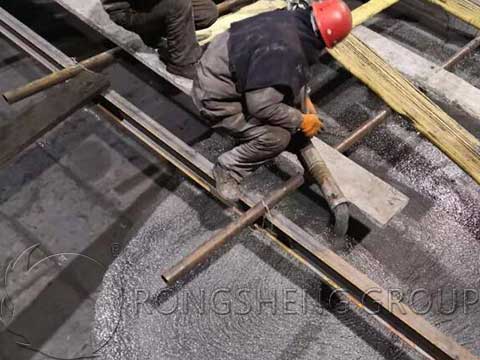Alumina Silicate Refractory Mortar includes clay, mullite, and high alumina refractory mortar. All alumina silicate refractory mortar is added with clay, the main purpose is to improve its adhesion.

The alumina silicate refractory mortar is made of 160-200 mesh powder. In general, different grades of refractory mortar are based on the grade of alumina silicate fire brick built with a refractory lining. For example, 75 high-alumina bricks, the refractory mortar with the aluminum content of 65 is used, and the 65-high-aluminum bricks are prepared with 55-60 high-alumina mortar. High alumina bricks with an alumina content of 55 are formulated with a slurry content of 45-50. Some refractory bricks with high alumina content also need to add corundum powder when configuring brick fire clay to meet the needs of brick distribution.
If it is used in the blast furnace hearth and other parts, phosphate combined refractory mortar is also used. In this way, the service life can be more guaranteed, and the gray seam does not shrink during use.

Some of the refractory mortar used in large-scale blast furnaces, many of which are added with andalusite, quartz powder, or kyanite, is to ensure that the crevice does not shrink when sintered.
Some refractory mortars with low aluminum content generally do not add a binder. However, in order to improve the bonding strength, a certain proportion of bonding agents will be added, such as phosphoric acid, water glass, polyphosphate, etc. With the change of the addition of the binding agent, the bonding strength also changes after firing, but the strength at the high temperature and hot state is opposite. Adding the binding agent will cause the liquid phase in the refractory mortar to increase at high temperatures. Sodium polyacrylate and methylene naphthalene sulfonate are added to the binder to prevent solid-liquid separation of the prepared refractory mortar during standing. The addition of methylcellulose can also be prevented.
Aluminum silicate refractory mortar belongs to a water-based refractory mortar and cannot be built with carbon bricks or the like. Because the water vapor volatilized by the water-based mortar in the oven and use has a destructive effect on the carbon brick masonry. Therefore, the non-aqueous refractory mortar is used. learn more from Rongsheng Refractory mortar manufacturer.


